Medical Disclaimer: This article is for informational purposes only and does not replace professional veterinary advice. Always consult your veterinarian for any health concerns.
Table of Contents
Introduction
If your dog won’t stop scratching, licking their paws, or seems uncomfortable in their own skin, you’re not alone—and it’s not your fault. As a small-animal vet in Ottawa, I see dogs with skin problems almost daily. Whether it’s itchy ears, red bellies, or bald patches, dog skin conditions are some of the most frustrating issues for both pets and their people.
The good news? Most of these conditions are manageable with early intervention, proper treatment, and a bit of detective work. In this guide, we’ll explore the most common dog skin conditions, what causes them, how to treat them, and—just as importantly—how to prevent them. From allergies to hot spots to autoimmune diseases, we’ve got you covered with reliable, up-to-date veterinary advice.
Key Takeaways
- Dog skin conditions are extremely common, ranging from allergies and infections to autoimmune diseases and tumors.
- Early signs include itching, hair loss, foul odors, redness, or scaly patches—if you notice these, a vet visit is the best next step.
- Treatments vary from topical creams and medicated shampoos to oral medications and dietary changes.
- Some conditions, like ringworm or sarcoptic mange, are contagious to other pets (and sometimes people).
- Prevention starts with good grooming, parasite control, and a healthy diet. Regular skin checks at home can catch issues early.
This guide is based on real veterinary cases, Canadian cost references, and trusted sources like Merck, Cornell, and VIN. Let’s dive in.
Common Dog Skin Problems at a Glance
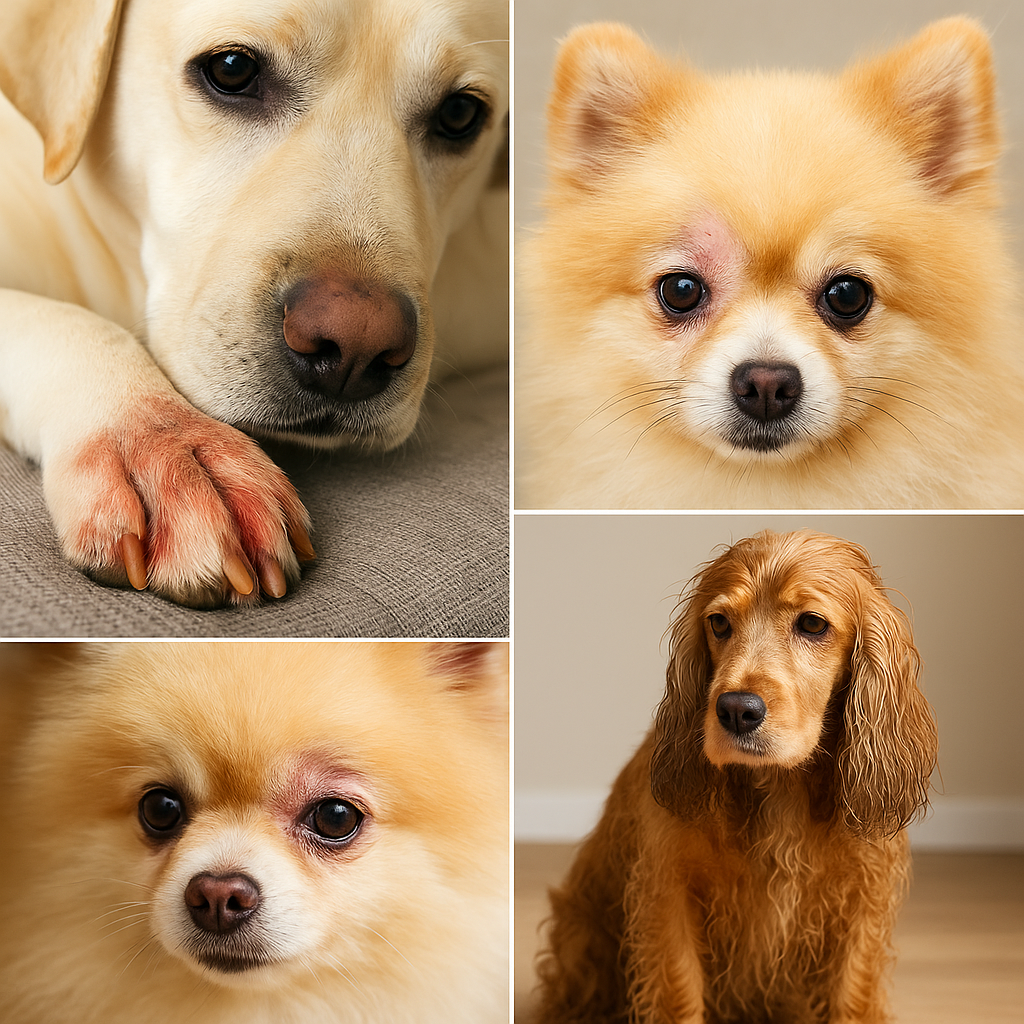
Also visit: https://doglifeexpert.com/15-urgent-dog-eye-problems-signs-causes-cure/
Quick Reference Table
Here’s a snapshot of the most frequent dog skin conditions, their causes, and symptoms:
| Condition | Common Causes | Key Symptoms | Typical Diagnosis |
|---|---|---|---|
| Allergic Dermatitis | Pollen, food, dust mites | Itching, ear infections, paw chewing | Allergy testing, elimination diet |
| Yeast Infections | Moisture, allergies, hormonal imbalances | Greasy red skin, musty smell | Skin cytology |
| Bacterial Infections | Allergies, parasites, hormonal issues | Pus bumps, redness, odor | Culture & sensitivity |
| Parasitic Infections | Fleas, mites (Sarcoptes, Demodex), ticks | Intense itching, hair loss, flea dirt | Skin scraping, visual inspection |
| Seborrhea | Genetics, secondary to allergies/hormones | Flaky or greasy skin, odor | Clinical signs, lab work |
| Autoimmune Disorders | Genetic, drug reactions | Blisters, crusts, systemic illness | Skin biopsy (no steroids pre-test) |
| Ringworm | Fungal spores, low immunity | Circular hair loss, red scaly skin | Fungal culture, Wood’s lamp |
| Hot Spots | Allergies, insect bites, licking trauma | Red, moist, painful lesions | Clinical exam |
| Dry Skin (Ichthyosis) | Winter dryness, poor diet | Dandruff, flakiness, mild itching | Physical exam, nutrition history |
| Alopecia | Hormonal issues, breed-related | Bald patches without inflammation | Bloodwork, skin biopsy |
| Skin Tumors | Sun exposure, genetics | Lumps, wounds, discolored skin | Biopsy, histopathology |
Breeds Prone to Skin Issues
Some breeds are genetically predisposed to certain dog skin conditions:
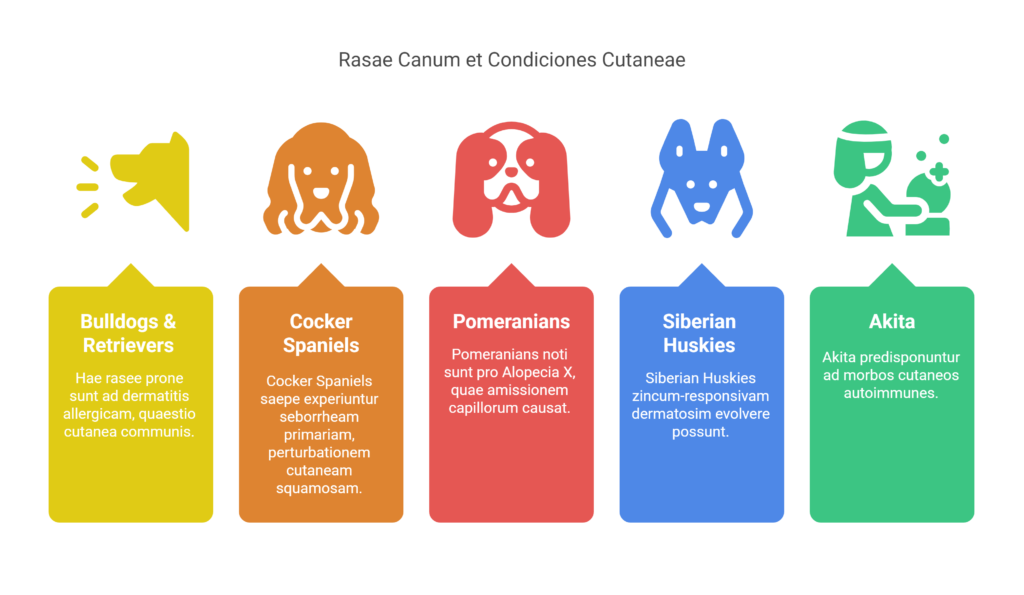
Early awareness can help you stay ahead of breed-specific risks.
In-Depth Guide to Dog Skin Conditions
Allergic Dermatitis
This is one of the most common dog skin conditions I treat. Dogs can be allergic to pollen, dust mites, mold, or specific foods like beef or dairy. In one case, a Labrador in my clinic had relentless ear infections that we eventually traced back to a chicken allergy.
Symptoms: Constant scratching, red skin, licking paws, recurrent ear infections.
Diagnosis: Intradermal allergy testing or elimination diets. Blood allergy tests can support diagnosis but may miss some triggers.
Treatment: Antihistamines, corticosteroids, oclacitinib (Apoquel®), or Cytopoint®. Allergen-specific immunotherapy is effective for long-term control.
Yeast Infections
Warm, moist areas like ears and paws are breeding grounds for yeast (Malassezia). These infections often accompany allergies or hormonal imbalances.
Symptoms: Greasy red skin, itching, musty odor, frequent licking or head shaking.
Diagnosis: Skin cytology to identify yeast under the microscope.
Treatment: Antifungal shampoos (e.g., KetoChlor®), oral medications like ketoconazole, and treating any underlying causes.
Bacterial Infections (Pyoderma)
These secondary infections often develop after scratching due to allergies or parasites. I’ve seen many short-haired dogs with pustules on their belly or groin.
Symptoms: Pus-filled pimples, hair loss, red and inflamed skin, odor.
Diagnosis: Culture and sensitivity testing to choose the right antibiotic.
Treatment: Topical or systemic antibiotics, medicated baths, and addressing the primary cause.
Parasitic Skin Diseases
Fleas, mites, and ticks can cause serious dog skin conditions. Sarcoptic mange is zoonotic (spread to humans), so it requires immediate attention.
Symptoms: Severe itching, patchy hair loss, visible parasites or black “flea dirt”.
Diagnosis: Skin scrapings, tape impressions, flea combing, and vet history.
Treatment: Prescription flea/tick medications like NexGard® or Revolution®, and environmental control.
Seborrhea
Seborrhea causes flaky or greasy skin, often with an unpleasant smell. It may be primary (genetic) or secondary to hormonal diseases.
Symptoms: Dandruff, oily patches, inflamed areas, hair thinning.
Diagnosis: Rule out underlying causes like hypothyroidism; evaluate with skin scrapings and blood tests.
Treatment: Medicated shampoos (sulfur, salicylic acid), omega-3 supplements, and treating root causes.
Autoimmune Disorders
Though less common, autoimmune dog skin conditions like pemphigus foliaceus or lupus can be severe. I once treated an Akita with nose crusting and hair loss that turned out to be an early autoimmune flare.
Symptoms: Crusts, blisters, ulcers around the face, nose, ears, and paws. Dogs may also show fever, lethargy, or swollen lymph nodes.
Diagnosis: Skin biopsy is essential. Dogs must be off steroids for at least 14–21 days beforehand to avoid skewed results.
Treatment: Immunosuppressive drugs like cyclosporine (Atopica®), azathioprine, or corticosteroids under close veterinary supervision. Some cases respond well to acupuncture or herbal therapy, though more evidence is needed.
Ringworm
Despite the name, ringworm is actually a fungal infection. It’s zoonotic and particularly common in puppies or immunocompromised dogs.
Symptoms: Round, hairless lesions with scaly or red skin. Mild itching, especially on the head or limbs.
Diagnosis: Fungal culture, Wood’s lamp (fluorescence in ~50% of cases), or skin biopsy.
Treatment: Antifungal shampoos (e.g., miconazole), oral medications like itraconazole, and disinfecting the environment. All pets in the household should be checked.
Hot Spots (Acute Moist Dermatitis)
Hot spots develop rapidly and are painful. These lesions are self-inflicted due to underlying itchiness from allergies, bug bites, or anxiety.
Symptoms: Red, oozing sores that are hot and painful to the touch. Often on the cheeks, neck, or hips.
Diagnosis: Visual exam and history (scratching, swimming, flea exposure).
Treatment: Clipping fur around the area, antiseptic washes (chlorhexidine), topical antibiotics or steroids, and treating the underlying cause.
Dry Skin (Ichthyosis)
In Canadian winters, dry skin is a frequent complaint. Breeds like Golden Retrievers may suffer from inherited ichthyosis.
Symptoms: Flaky, cracked skin, dull coat, mild itching.
Diagnosis: Rule out nutrition and thyroid issues. Some genetic tests are available.
Treatment: Fatty acid supplements, humidifiers, moisturizing shampoos with oatmeal or aloe. Avoid overbathing.
Alopecia
Hair loss without redness or itching usually points to hormonal or breed-specific dog skin conditions like alopecia X.
Symptoms: Symmetrical balding, often starting at thighs or flanks. Skin looks healthy otherwise.
Diagnosis: Blood tests (thyroid, adrenal), skin biopsy, and ruling out parasites.
Treatment: Melatonin (for alopecia X), treating hypothyroidism if diagnosed, and sometimes just cosmetic management.
Skin Tumors
Not all skin lumps are dangerous, but persistent, growing, or ulcerated ones should be biopsied. I’ve diagnosed everything from benign lipomas to malignant melanomas in dogs brought in “just to be safe.”
Symptoms: Lumps, non-healing wounds, discoloration, bleeding spots.
Diagnosis: Fine needle aspirate or full biopsy with histopathology.
Treatment: Surgical removal, radiation or chemotherapy for malignant types. Early intervention improves outcomes significantly.
What Causes Skin Problems in Dogs?
Understanding what leads to dog skin conditions can help prevent them or catch them early.
Environmental & Seasonal Factors
In Canada, I often see seasonal flare-ups—spring and fall are peak times for allergies due to pollen and mold. In winter, dry indoor air causes flaky skin. Dogs can also react to lawn chemicals or cleaning agents.
Common triggers:
- Dust mites, mold, pollen
- Cold, dry weather
- Chemicals in detergents or sprays
- Humid environments causing yeast overgrowth
Nutrition & Hormonal Imbalances
A poor-quality or imbalanced diet may result in skin and coat issues, especially deficiencies in:
- Zinc
- Vitamin E
- Omega-3 fatty acids
Hormonal disorders like hypothyroidism or Cushing’s disease are also major culprits. These often cause symmetrical hair loss or skin infections that recur.
Stress & Genetics
Stress weakens the immune system, making dogs more prone to scratching and secondary infections. Genetic predisposition plays a strong role in certain dog skin conditions:
- Akitas → Autoimmune diseases
- Bulldogs → Skin folds and allergies
- Pomeranians → Alopecia X
Underlying Illnesses
Sometimes, skin changes are early signs of internal disease:
- Liver disease may cause yellowing or crusting
- Kidney issues can dry the skin
- Pancreatic insufficiency can reduce nutrient absorption
When in doubt, a full veterinary work-up helps rule out systemic causes.
How to Treat Dog Skin Conditions
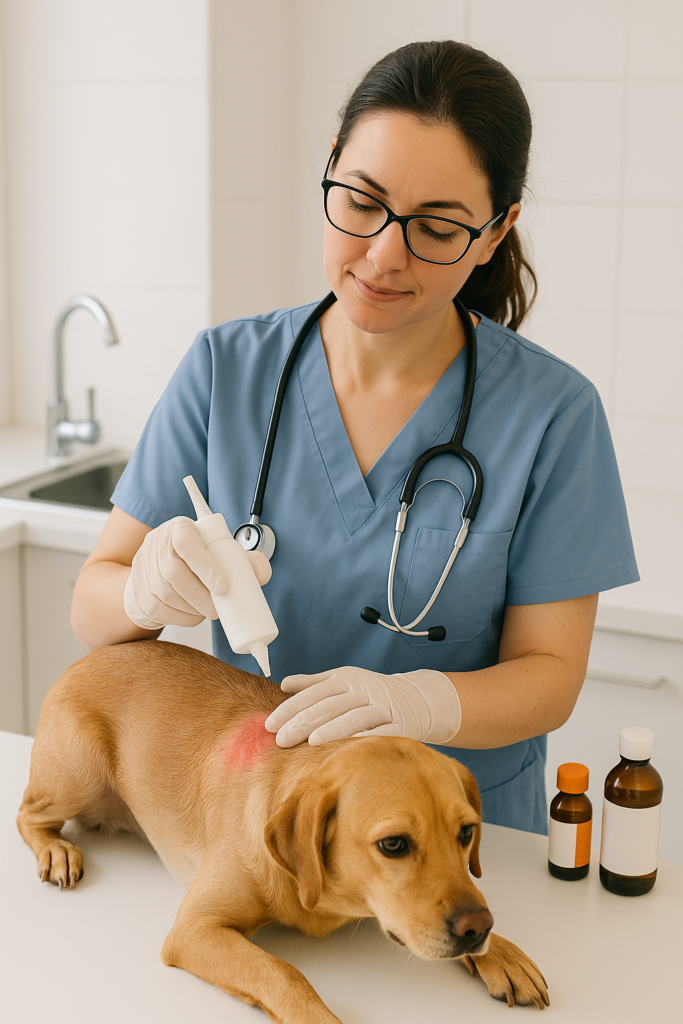
Effective treatment depends on the underlying cause. As a vet, I always start with diagnostics before recommending a plan. Here’s how we typically approach dog skin conditions in practice:
Veterinary Treatments
Topical Medications:
- Antibiotic creams: For localized bacterial infections (e.g., mupirocin).
- Antifungal shampoos: Like KetoChlor® or Malaseb® for yeast or ringworm.
- Corticosteroid sprays: To reduce inflammation (e.g., Genesis® spray).
Systemic Medications:
- Oral antibiotics: Based on culture/sensitivity for pyoderma.
- Antifungals: Itraconazole or ketoconazole for stubborn yeast/ringworm.
- Steroids: Prednisone for severe inflammation (short term use only).
- Oclacitinib (Apoquel®) and Cytopoint®: Highly effective for itch control in allergic dermatitis.
- Immunosuppressants: Atopica® (cyclosporine), azathioprine for autoimmune skin diseases.
- Allergy immunotherapy: Customized injections or oral drops over time.
At-Home & Natural Remedies
Some mild dog skin conditions can be managed or supported with home care:
- Omega-3 supplements: Anti-inflammatory, improve skin hydration.
- Veterinary-approved aloe vera gels: For minor irritations.
- Coconut oil: Moisturizing, lightly antifungal—apply sparingly.
- Oatmeal baths: Soothing for dry or itchy skin.
- Melatonin: Sometimes used for alopecia X in Pomeranians.
- Quercetin: A natural antihistamine found in foods like blueberries.
Always consult your vet before starting natural treatments—some ingredients (like tea tree oil) can be toxic to dogs in high doses.
Shampoo Therapy: Step-by-Step
I often walk clients through this simple but effective routine:
- Pre-wet your dog’s coat. Use lukewarm water.
- Dilute medicated shampoo (1 part shampoo to 3 parts water).
- Massage thoroughly, especially trouble spots like armpits, belly, or paws.
- Let it sit for 10 minutes—this is crucial!
- Rinse very well to avoid residue.
- Towel dry and avoid brushing wet fur aggressively.
Frequency depends on the condition—typically 2–3 times per week initially, tapering as symptoms improve.
5-Minute Home Skin Checklist
Use this weekly skin check routine at home:
- Run your fingers over your dog’s body to feel for bumps or scabs.
- Check ears and between toes for odor or buildup.
- Look for fleas or flea dirt using a flea comb.
- Inspect armpits, groin, and belly for redness or flaky patches.
- Note excessive scratching, licking, or hair thinning.
Prevention Tips for Healthy Dog Skin
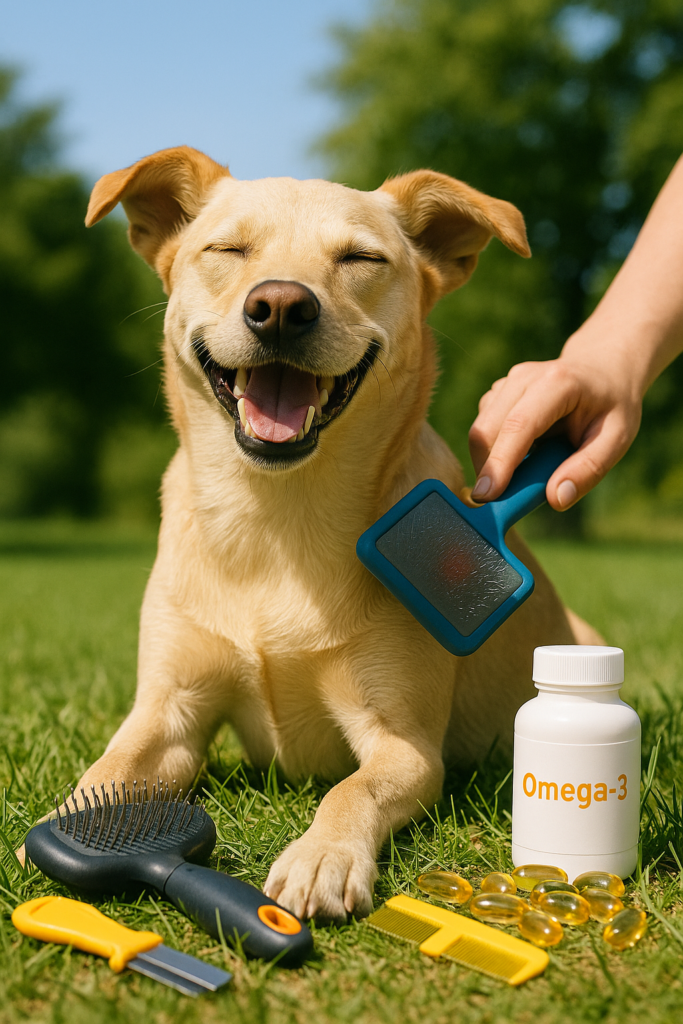
Proactive care goes a long way in avoiding chronic dog skin conditions. Here’s how to help your dog maintain a healthy coat and skin all year round:
Grooming & Bathing Schedule
- Brush regularly to remove debris, stimulate oil production, and spot skin issues early.
- Bathing: Every 4–6 weeks for long-haired dogs; every 1–3 months for short-haired breeds. Use a gentle, pH-balanced dog shampoo—never human products.
- Dry thoroughly after baths or swimming, especially skin folds and paws.
- Check ears and paws weekly for redness, smell, or discharge.
Nutrition & Supplements
- Feed a complete and balanced diet suitable for your dog’s age and breed.
- Consider omega-3 supplements (like salmon oil) for dogs with dry or inflamed skin.
- For zinc-responsive breeds like Huskies, ask your vet about zinc supplementation.
- Offer treats rich in antioxidants like blueberries to support skin immunity.
Allergen & Parasite Control
- Use monthly preventives like Bravecto®, NexGard®, or Revolution® to protect against fleas, ticks, and mites.
- Wash bedding weekly in hot water.
- Use HEPA filters and vacuum frequently to reduce indoor allergens.
- During allergy seasons, wipe your dog’s paws and belly after walks to remove pollen.
These simple steps can significantly lower the risk of recurring dog skin conditions and improve your dog’s comfort.
https://www.petmd.com/dog/conditions/skin
When to Call the Vet
While some mild dog skin conditions can be managed at home, veterinary care is crucial when symptoms persist, worsen, or appear suddenly.
Signs of Serious Skin Issues
Contact your vet if you notice any of the following:
- Intense scratching or licking that interferes with sleep or play
- Open sores, raw patches, or oozing wounds
- Foul or yeasty odor from the skin or ears
- Hair loss, scabs, or bald patches
- Lumps or bumps that change in size or color
- Signs of pain when touched
- Fever, lethargy, or changes in appetite
These symptoms may indicate infections, autoimmune issues, or even skin tumors.
What to Expect at the Appointment
Depending on your dog’s condition, your vet may perform:
- Skin scraping or cytology to check for mites, yeast, or bacteria
- Culture and sensitivity to guide antibiotic choice
- Allergy testing or elimination diets
- Bloodwork to assess for hormonal or internal causes
- Skin biopsy if autoimmune disease or cancer is suspected
Early diagnosis leads to better outcomes. As I often remind clients, it’s better to investigate a small rash than treat a full-blown infection later.
FAQs About Dog Skin Conditions
1. How can I tell if my dog has a skin allergy?
Common signs of allergies include constant scratching, red or inflamed skin, ear infections, paw chewing, and hair loss. Allergies often appear seasonally or after dietary changes. Your vet can help identify triggers through allergy testing or food trials.
2. What’s the best shampoo for dogs with sensitive skin?
Hypoallergenic shampoos with oatmeal, aloe vera, or ceramides are ideal. Look for sulfate- and paraben-free formulas like Vet’s Best® or Douxo® Calm. For dogs with specific dog skin conditions like yeast or bacterial infections, medicated shampoos may be prescribed.
3. Can I use coconut oil on my dog’s skin?
Yes, in moderation. Coconut oil can moisturize dry patches and has mild antifungal properties. Apply a thin layer and monitor for any skin reactions. Avoid use if your dog tends to lick excessively or has a history of pancreatitis.
4. Are dog skin conditions contagious to humans or other pets?
Some are. Ringworm and sarcoptic mange can be transmitted to humans and other pets. Always wash your hands after handling affected dogs and follow your vet’s hygiene recommendations.
5. Why does my dog keep licking one spot?
Persistent licking can signal irritation, pain, boredom, or anxiety. It may lead to hot spots or secondary infections. Have your vet check for underlying causes like allergies, arthritis, or skin infections.
Conclusion
While dog skin conditions are common, they’re rarely something you have to face alone—or guess your way through. From allergies and hot spots to yeast infections and autoimmune diseases, understanding what’s normal (and what’s not) can make all the difference in your dog’s comfort and health.
If something seems off—like persistent scratching, hair loss, or odd smells—don’t wait it out. A quick trip to the vet can save your dog from weeks of discomfort and you from escalating treatment costs. I’ve seen countless dogs return to their happy, itch-free selves with the right diagnosis and care plan.
Whether it’s through medicated baths, dietary tweaks, or prescription medication, there are many ways to manage and even prevent most dog skin conditions. Stay observant, stick to your prevention routine, and always reach out to your veterinary team when in doubt. Your dog’s skin is telling a story—make sure you’re listening.

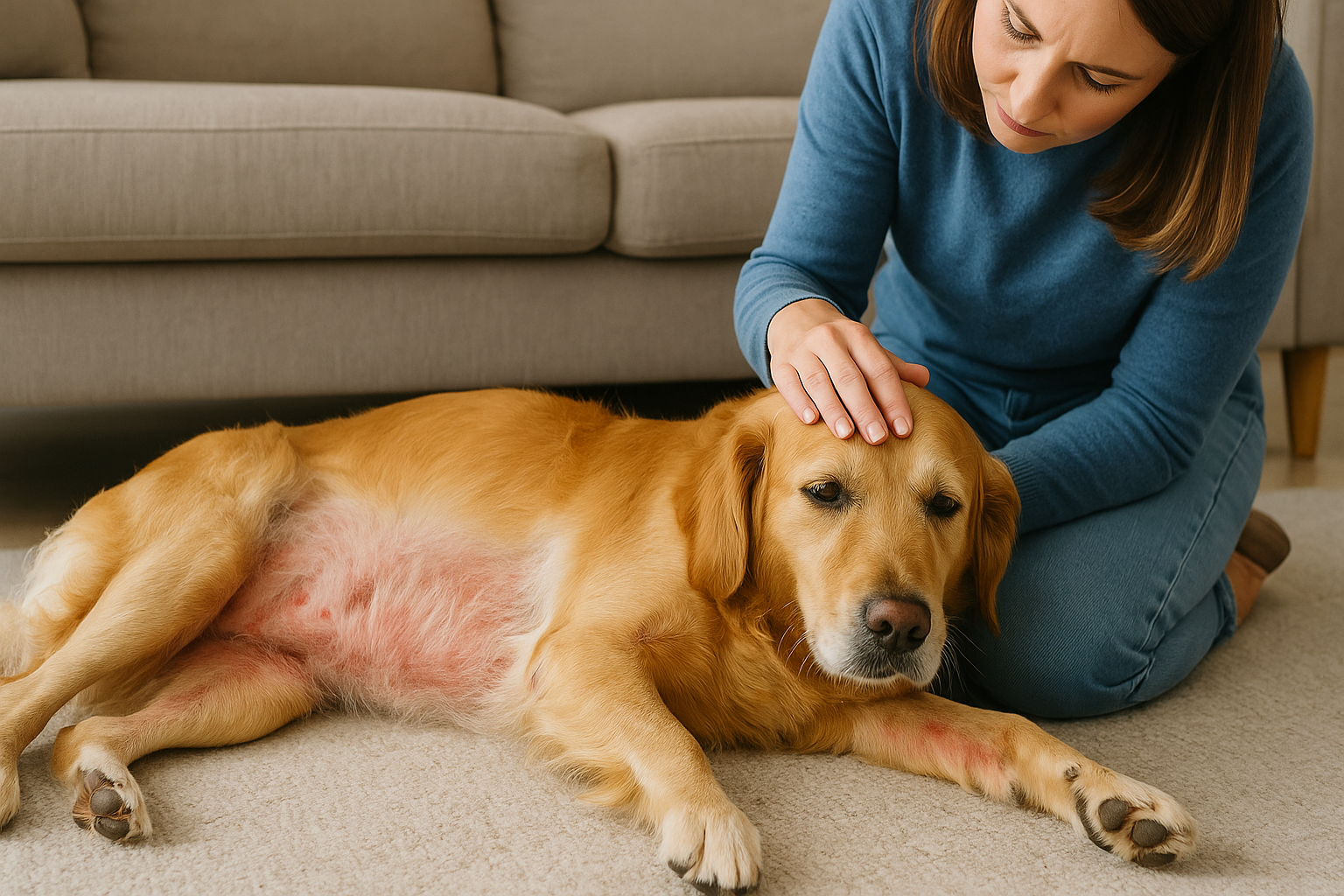
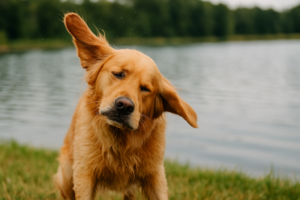
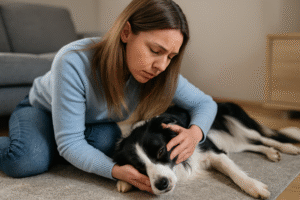
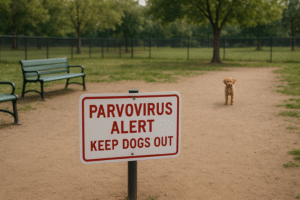
Pingback: Dog Bad Breath Causes & How to Fix Them Fast, Vet Advice 2025